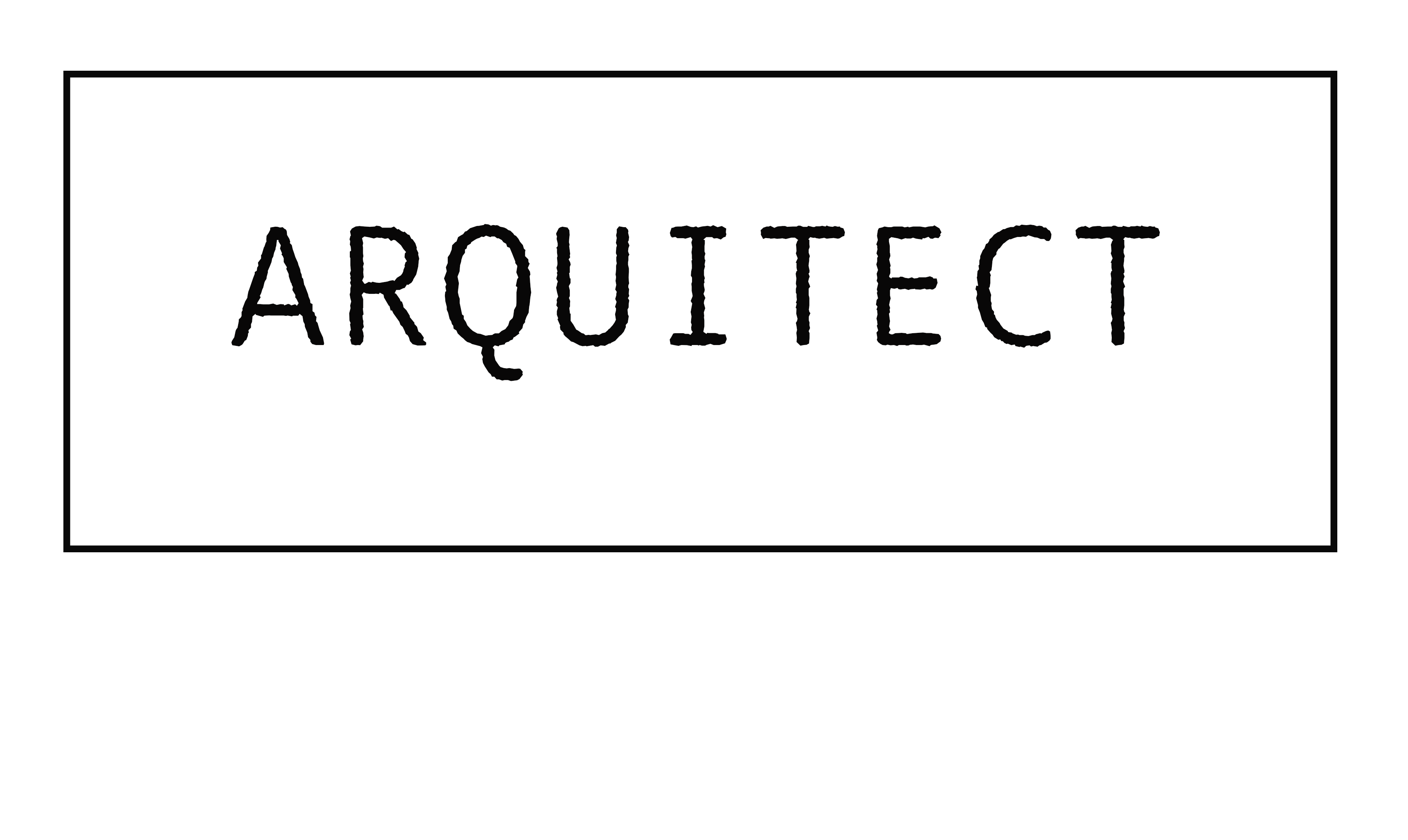3. Vale da Gafaria
Mapping Coordinates: 37.0977° N, 8.6739° W
Location: Lagos, Portugal
Status: Contested
At Vale da Gafaria, a black burial ground has been transformed into an infrastructure for white progress. The site, located just outside of the walls of the city, takes its namesake from a leprosy hospital (gafaria) built here in the late fifteenth century, close to a ceramic factory and a rubbish dump. The specific locale of the site is crucial: situated in the western zone of the wall, the prevailing wind direction would have carried the foul odours produced by the dump and ceramics factory away from the city.
In 2009, during works taking place to prepare for the construction of a subterranean parking lot, a team of archaeologists from the University of Coimbra found the bodies of 158 men, women and children among the remains of the former rubbish dump. The bodies were carbon-dated back to the fifteenth century. Scholars identified the remains as belonging to enslaved persons of African origin - some of them still in shackles - who had been thrown in the dump.
Today, the grave has been quite literally re-buried. The former rubbish dump has since been covered by a parking-lot complex, on top of which lies the “Pro Putting Garden” minigolf course, a playground for (predominantly white) tourists who are painfully unaware that they are standing on a mass grave. Indeed, it is suspected that the excavation of the bodies was only partial; the number of bodies still buried beneath the minigolf course remains unknown.
Other documents from the 15th century evidence the harsh treatment that enslaved people received in contemporary Lagos. This is made clear from one particular request included in a petition that the City Council submitted to King Manuel I at a consultative assembly of the kingdom (Cortes).
From the archives
Attitude towards enslaved persons in late fifteenth-century Lagos
Item – Likewise Your Highness be informed that the many slave men and women of this town often cause damage to our grapes and fruits of vineyards, gardens and orchards. And although we impose fines on those who are found guilty, they are paid by the owners and the slaves do not pay any penalty, and even if their owners whip them and punish them harshly, they are not made ashamed and continue to cause damage. And if they will be punished by the justice, they will feel ashamed and will not cause damage anymore. We therefore ask Your Highness to authorise us to tie them to the whipping pole and punish them as much as it will seem rightful, when they will be found guilty of causing damage to grapes and fruits. And this punishment be executed by the jurors and tenants, and the King will grant us this.
(Chapter from the petition of the town council of Lagos to King Manuel I on the occasion of the Cortes of Lisbon, late 15th/early 16th century, in Lisbon, Arquivo Nacional da Torre do Tombo, Cartas Missivas, maço 2, no. 64, fl. 5v)
Item – Likewise Your Highness be informed that the many slave men and women of this town often cause damage to our grapes and fruits of vineyards, gardens and orchards. And although we impose fines on those who are found guilty, they are paid by the owners and the slaves do not pay any penalty, and even if their owners whip them and punish them harshly, they are not made ashamed and continue to cause damage. And if they will be punished by the justice, they will feel ashamed and will not cause damage anymore. We therefore ask Your Highness to authorise us to tie them to the whipping pole and punish them as much as it will seem rightful, when they will be found guilty of causing damage to grapes and fruits. And this punishment be executed by the jurors and tenants, and the King will grant us this.
(Chapter from the petition of the town council of Lagos to King Manuel I on the occasion of the Cortes of Lisbon, late 15th/early 16th century, in Lisbon, Arquivo Nacional da Torre do Tombo, Cartas Missivas, maço 2, no. 64, fl. 5v)
Original
Item – Outrossi ssaberá Vossa Alteza que pellos muitos escravos e escravas que nesta villa ha recebemos muitos dapnos em uvas e fructas das vinhas e ortas e pumares. E posto que ponhamos pennas de dinheiros aos que ssam achados, pagam-lhes os senhores dos escravos e elles nom recebem nem humas pennas, e aimda que seus senhores por este os açoutem e lhes dem muito castiguo, nom recebem delle vergonha e nom paçam os dapnos. E semdo pella Justiça castigados avergonhar-se-am e nom se faram os ditos dapnos pelo que pedimos a Vossa Alteza que nos dê licemça para podermos poer os escravos e escravas na picota para lhe darmos penna d’açoutes, aquela que parecer rezam, semdo achados fazemdo os ditos dapnos nas ditas uvas e fructas. A quall exucaçam se faça pelas pesoas dos jurados e remdeiros que os acharem, e far-nos-ha Vossa Alteza nisto mercê.
Item – Outrossi ssaberá Vossa Alteza que pellos muitos escravos e escravas que nesta villa ha recebemos muitos dapnos em uvas e fructas das vinhas e ortas e pumares. E posto que ponhamos pennas de dinheiros aos que ssam achados, pagam-lhes os senhores dos escravos e elles nom recebem nem humas pennas, e aimda que seus senhores por este os açoutem e lhes dem muito castiguo, nom recebem delle vergonha e nom paçam os dapnos. E semdo pella Justiça castigados avergonhar-se-am e nom se faram os ditos dapnos pelo que pedimos a Vossa Alteza que nos dê licemça para podermos poer os escravos e escravas na picota para lhe darmos penna d’açoutes, aquela que parecer rezam, semdo achados fazemdo os ditos dapnos nas ditas uvas e fructas. A quall exucaçam se faça pelas pesoas dos jurados e remdeiros que os acharem, e far-nos-ha Vossa Alteza nisto mercê.



